The Quiet Violence of Dreams
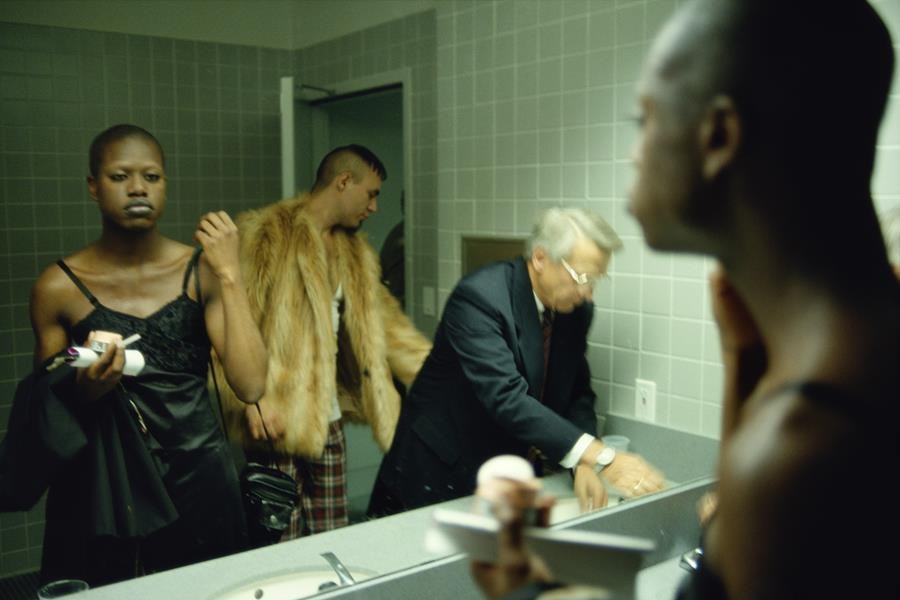
The Quiet Violence of Dreams
17 June 2016
This exhibition, developed by Joost Bosland in conversation with Moshekwa Langa, pays tribute to the seminal K Sello Duiker novel The Quiet Violence of Dreams, published in 2001. The book follows the life of Tshepo, a student living in Cape Town, as his inner life traverses madness, shame, sex, violence, power, intimacy, history, xenophobia, sexuality, love, race, mysticism and mystery—themes that in many ways foreshadowed prominent focal points in South African contemporary art as it emerged from the period in which the book was written.
During his life, Duiker interacted with a number of artists and writers still working today. Langa met Duiker in the Netherlands during the 2003 Crossing Borders festival (where Duiker spoke alongside Stacy Hardy and Lesego Rampolokeng, among others), and Duiker was on a panel with Robin Rhode in Cape Town around the same time, when the local cultural landscape was hungry for new (often a euphemism for black) voices. His writings have been widely read by the generation of South African artists who form the core of this exhibition. On 19 January 2005, Duiker took his own life.
As much as the book is a portrait of Tshepo, it is also a portrait of Cape Town. The action of the story starts on Woodstock Main Road, right outside the current location of Stevenson. From there it weaves its way through the city, from the Valkenberg mental hospital, through the bohemian streets of Observatory, to the anonymous apartment blocks of Sea Point, the gay night life of De Waterkant, student life on Hiddingh Campus, the mansions of Camps Bay, the Rastafarian community on the edge of Philippi and the maze of streets in Nyanga. Some of the characters are based on real people, most with fictional names but in at least one instance using a real name, making the person (a minor character) readily identifiable. Most of the locations still exist, though many have shifted shape in the past 15 years.
Highlights of the show include the presentation in Cape Town of Glenn Ligon’s Untitled (Bruise/Blues), installed so that it is visible from Sir Lowry Road. While in Johannesburg its reflection on police brutality immediately invoked memories of Marikana, in the context of Woodstock and the work of Duiker it speaks to the institutional violence faced by those living on Cape Town’s fringes – its street people, especially those faced by mental illness. Turiya Magadlela, represented by blank projects, similarly addresses institutional violence and institutionalisation in her work with prison uniform fabrics. For Quiet Violence she will present a new installation in Stevenson’s Johannesburg space.
Langa has invited Raphaël Barontini, whose flags will welcome the visitor as one enters the gallery in Cape Town. Barontini’s work creates a mythology rooted in the urban geography of Saint-Denis, the suburb of Paris where he works. In a 2003 interview with Chimurenga, he writes:
As I see it, Saint-Denis is a kind of assemblage, in constant movement – a city anchored in history, yet simultaneously forging ahead into a future that it elaborates anew every day. Saint Denis is many things at once. A royal necropolis, a working-class city and a multi-ethnic capital, in a sense it is what France could be tomorrow: alive, diverse, creolised. As a young French artist, for now I can’t see myself going anywhere else.
The video How I Love You by Akram Zaatari was made in the same year that The Quiet Violence of Dreams was published, and features five young men in Lebanon speaking about sex and love in a society where sex between men is criminalised and homosexuality frowned upon. Zanele Muholi will show a selection of photographs grappling with sexual violence from her first body of work, Only Half the Picture; it is the first time in a decade that this body of work will be exhibited in Cape Town. Another historical presentation is a selection from Lyle Ashton Harris’Ektachrome Archive, spanning a period from the late 1980s to the year 2000. Harris, who grew up with his South African father in the US, writes of this series:
There are candid portraits and snapshots of friends and acquaintances, such as the late Marlon Riggs taking AZT while on break from shooting his last film, Black Is, Black Ain’t (1994); bell hooks in repose at home in New York; Nan Goldin applying eyeliner in Berlin; and Catherine Opie in an embrace. Also included are photos of family, boyfriends, and lovers, plus self-portraits, landscapes, and interiors of bedrooms and now-closed nightclubs. It is the quotidian quality of these images, which captured people, places, and moments long – and often tragically – gone.
Instead of a catalogue, the exhibition will be used to generate a ‘K Sello Duiker reader’: a volume of texts including reflections on the late author’s life and work, recollections from people who knew him, and a 2004 essay by Duiker himself in which he contemplates the significance of the visual arts. Invited to contribute to the reader, Stacy Hardy responds in an email:
Deeply relevant to today ... urgent even. His death left a big impact on me. But now have enough distance to find words. And then the generation of writers and artist that have emerged that his writing inspired … no, foretold maybe a better word? And those I think still to come ... the possibility his work offers for dreaming. Actually recently wrote about the last time I was with him for a book edited by Jon Soske out later this year – not the focus of the piece but the catalyst certainly. And of course what better place than Grahamstown from which to write on him? ... His ghost is but one the many dead that inhabit its streets.
The exhibition, produced by Sisipho Ngodwana, will take place simultaneously at Stevenson’s spaces in Woodstock and Braamfontein, and at blank projects in Cape Town. In addition to Magadlela, blank will present the work of Igshaan Adams and Bronwyn Katz as part of the Jo’burg leg of the show. Café Ganesh, which features prominently in the novel, will host a party with Buhlebezwe Siwani playing music from the early 2000s on opening night.
.
www.stevenson.info
View more from
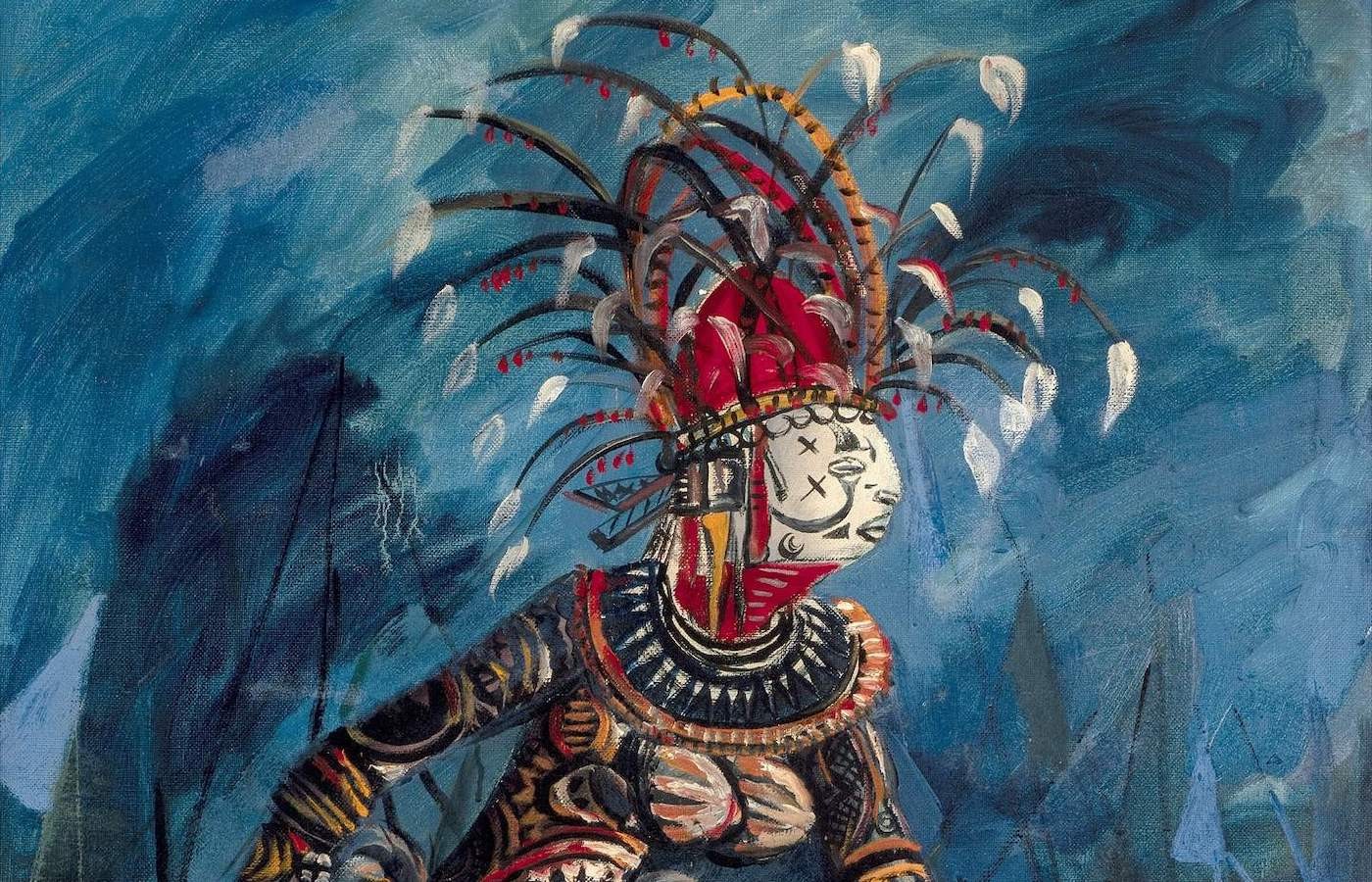
Nigerian Modernism – Group Show
Oct 8, 2025–May 10, 2026
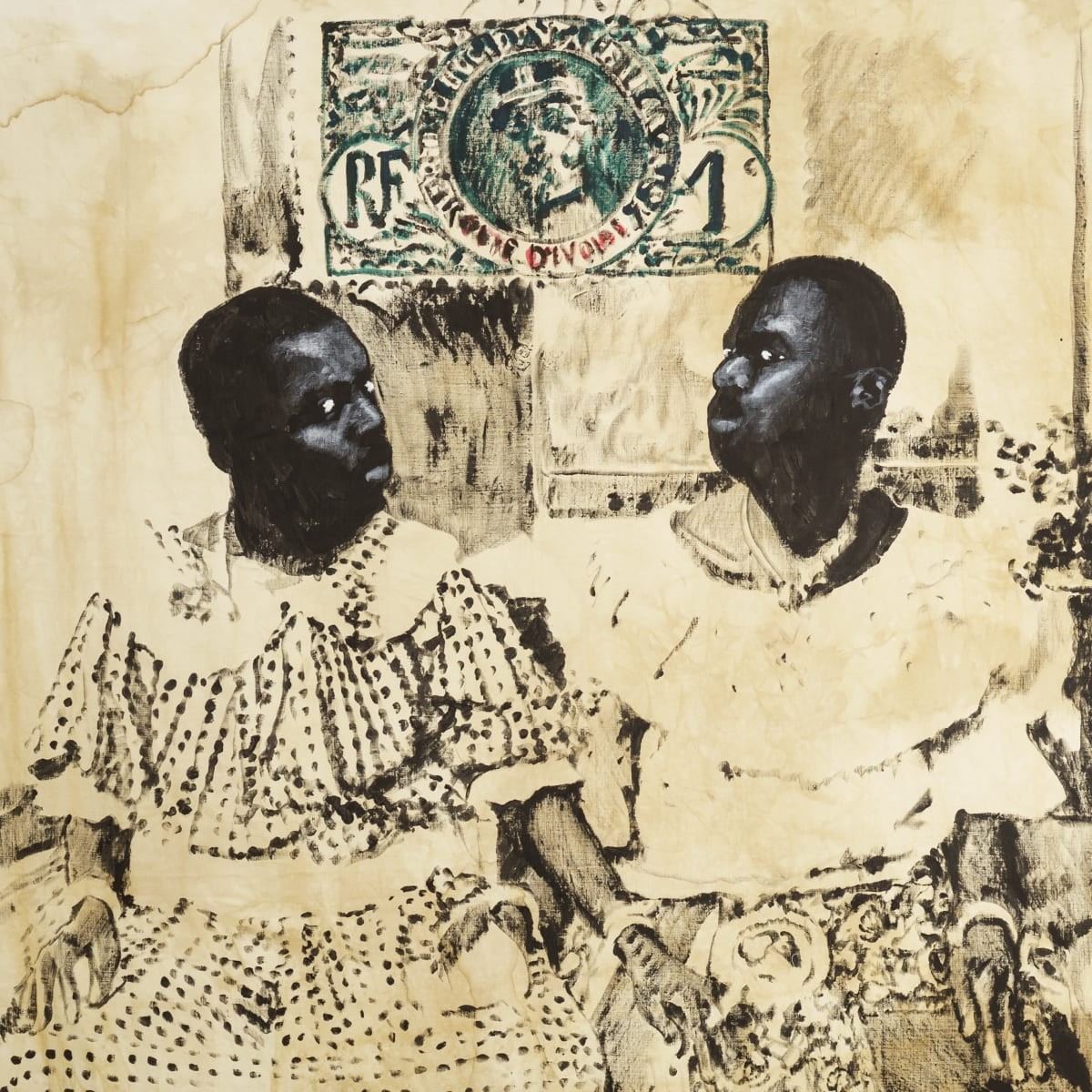
Roméo Mivekannin: Correspondances
Oct 2, 2025–Mar 21, 2026
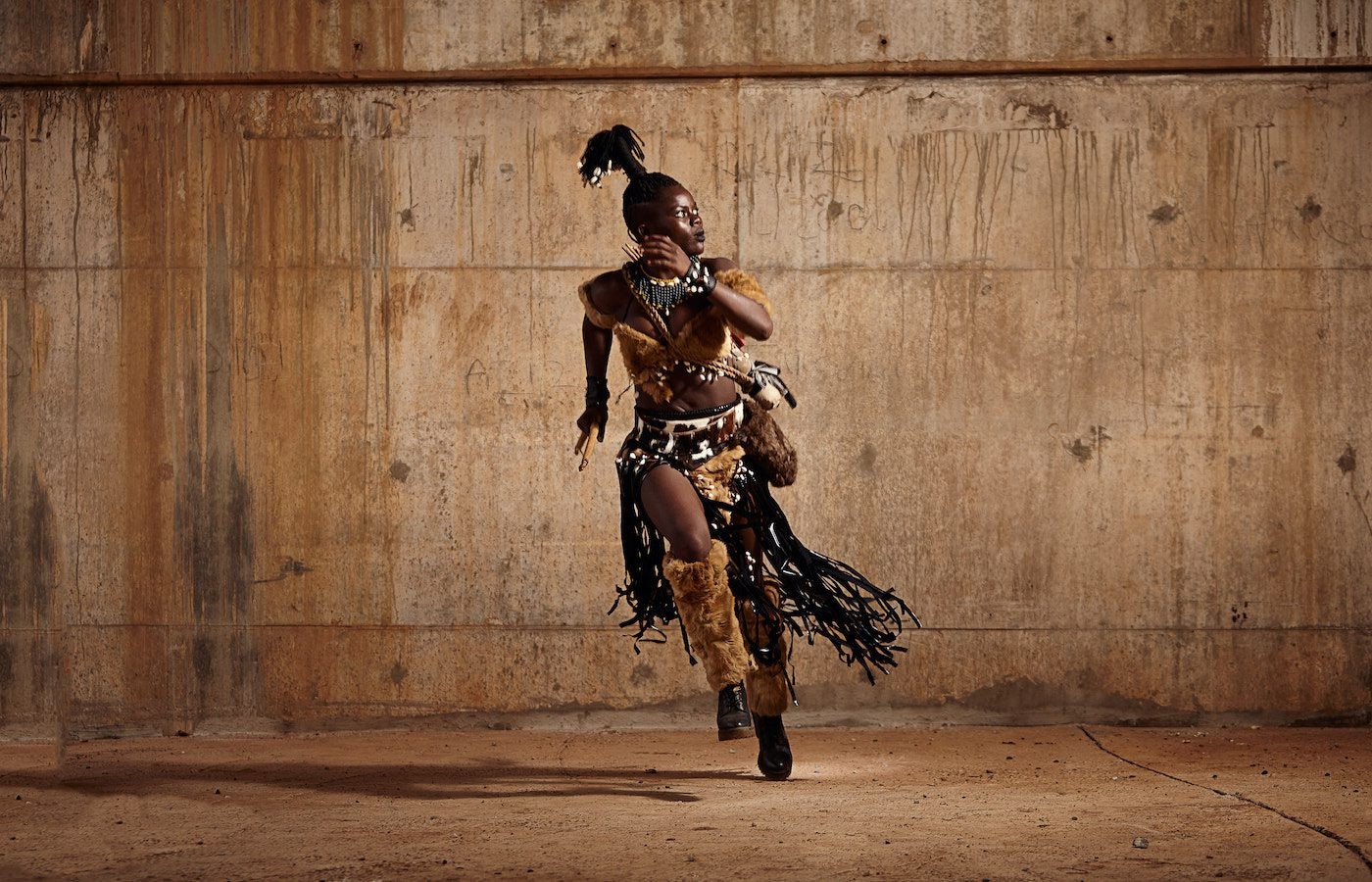
The Writing’s on the Wall (TWTW)
Sep 13, 2025–Mar 14, 2026
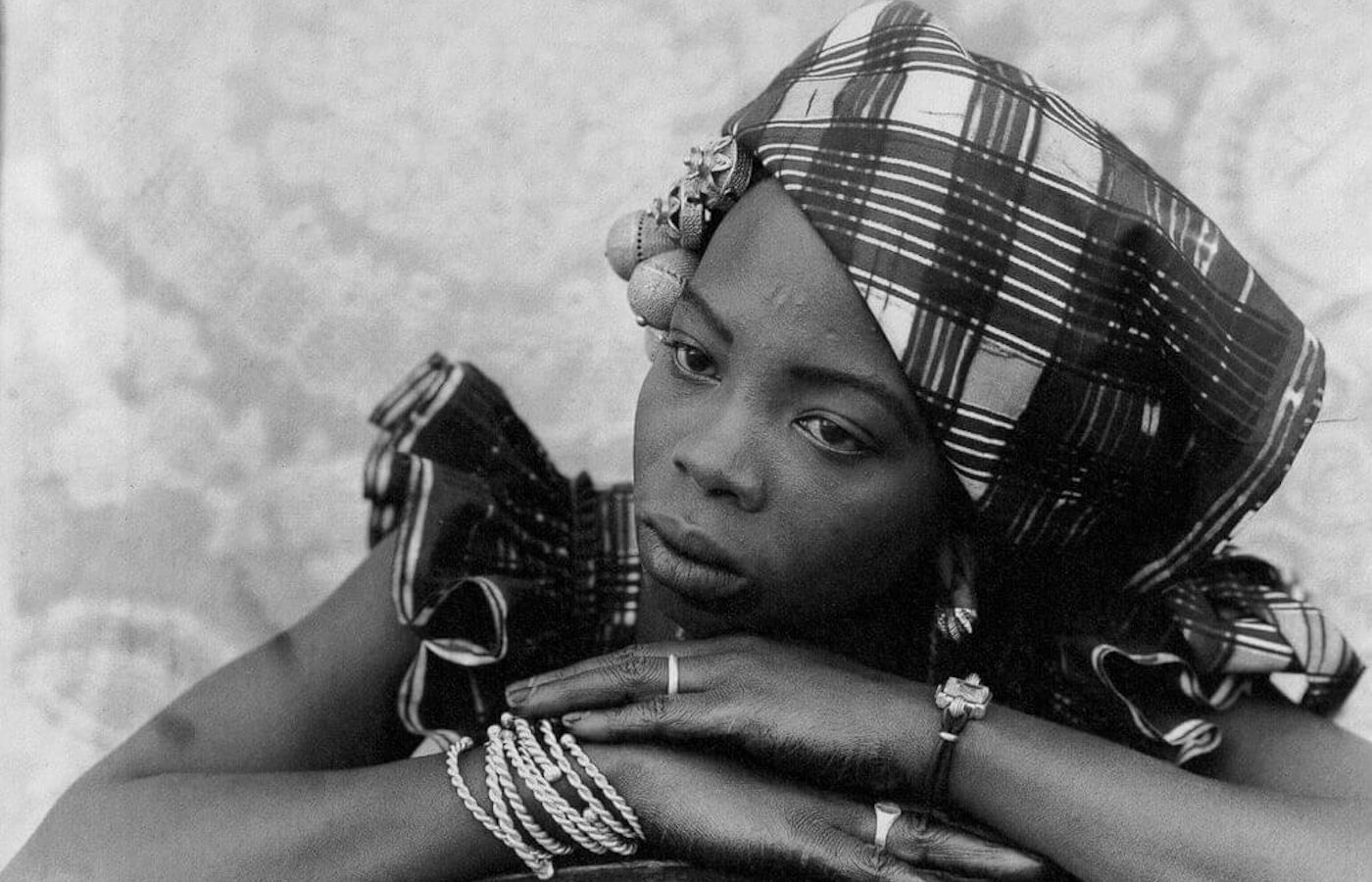
Seydou Keïta: A Tactile Lens
Oct 10, 2025–Mar 8, 2026
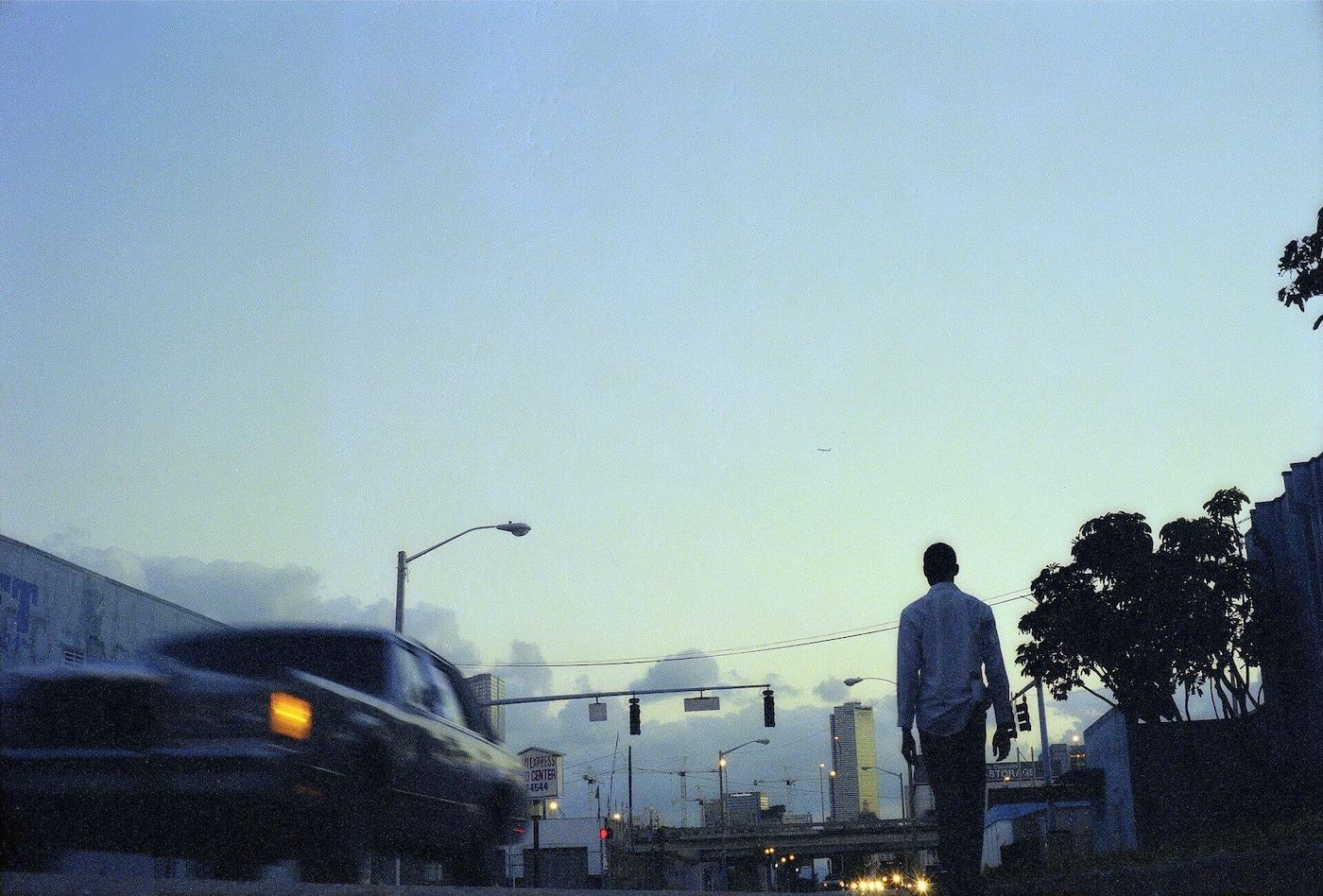
ECHO DELAY REVERB: American Art and Francophone Thought – Group Show
Oct 22, 2025–Feb 15, 2026
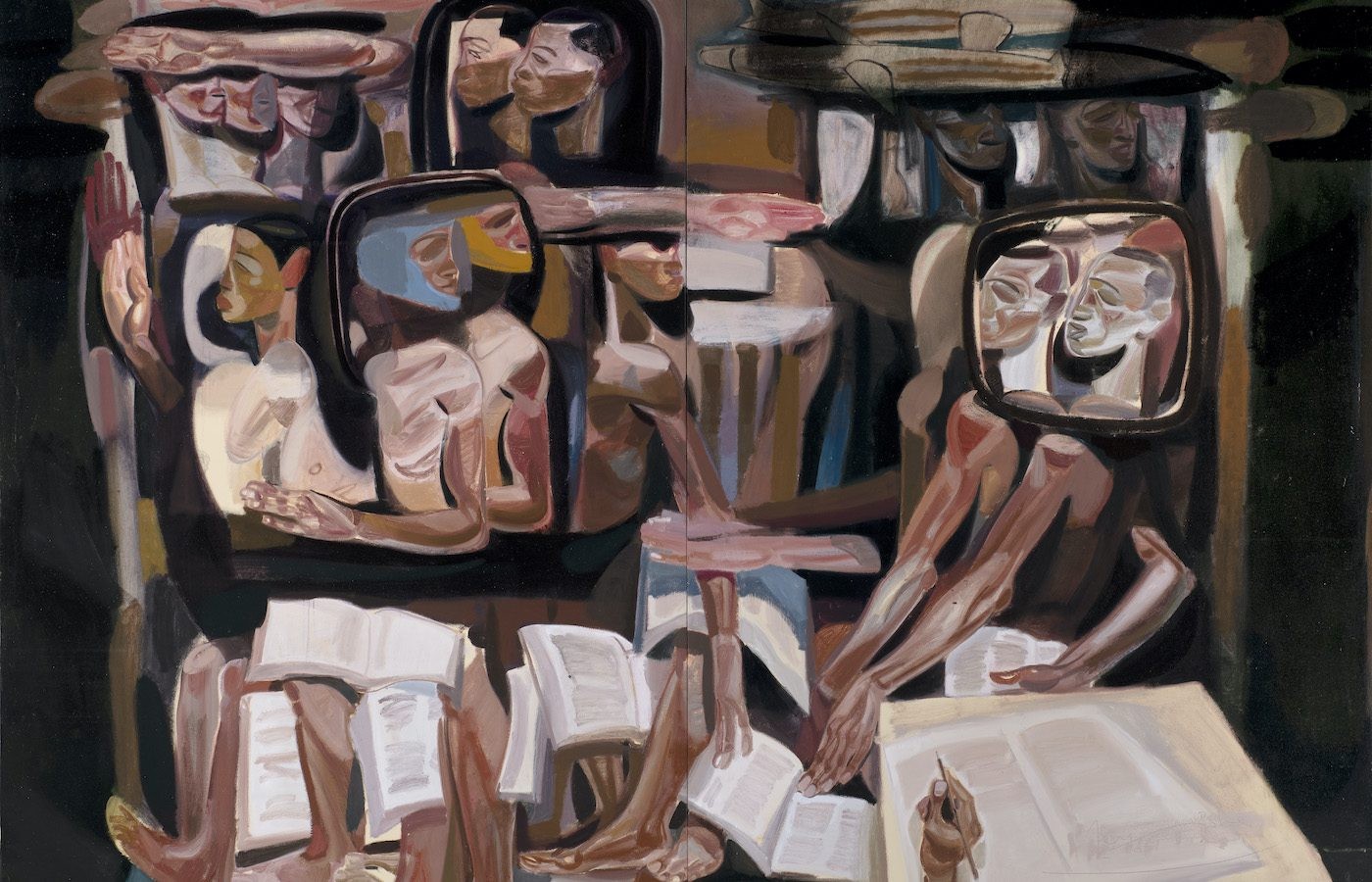
Tesfaye Urgessa: Roots of Resilience
Sep 20, 2025–Feb 15, 2026